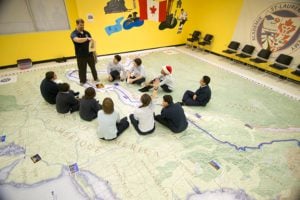
Science & Tech
Track record: why geotracking technology helps us find, and lose, our sense of place
As geotracking technology on our smartphones becomes ever more sophisticated, we’re just beginning to grasps its capabilities (and possible pitfalls)
- 4685 words
- 19 minutes





